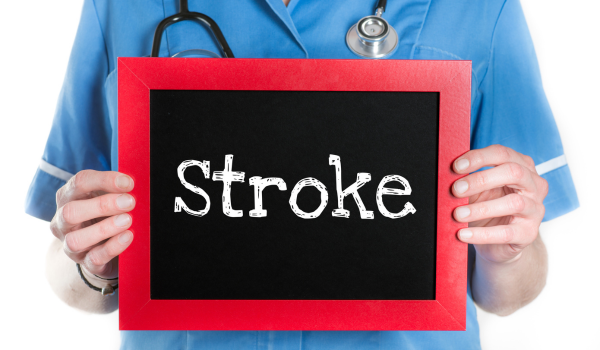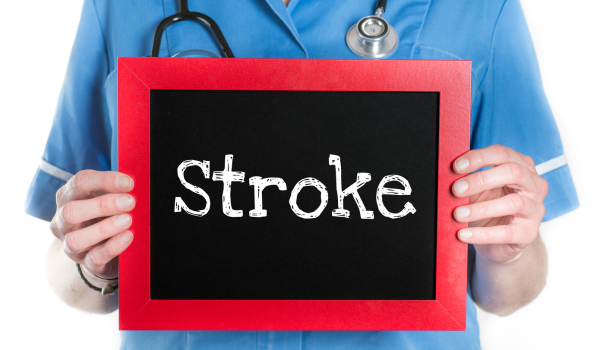.png)
Introduction
Stroke is a medical emergency that requires immediate evaluation and treatment. Prompt diagnosis not only improves the chances of survival but also minimizes long-term complications. Diagnosing a stroke involves a series of rapid tests and imaging procedures designed to determine the type, location, and extent of the damage. This article explains the essential diagnostic tools used by medical professionals to confirm a stroke and assess its severity.
Initial Assessment
When a stroke is suspected, healthcare professionals begin with a quick assessment. Time is critical, and every minute counts in preserving brain function.
FAST evaluation: The FAST acronym—Face drooping, Arm weakness, Speech difficulty, Time to call emergency services—is a widely used tool to identify early signs of stroke.
Neurological exam: Physicians perform a neurological examination to assess reflexes, coordination, vision, and cognitive functions. They use tools like the National Institutes of Health Stroke Scale (NIHSS) to measure stroke severity.
Medical history and physical exam: Doctors will ask about the patient’s symptoms, medical history, and medications, followed by a general physical check-up, including heart rate and blood pressure measurements.
Blood Tests
Blood tests help rule out other conditions and assess factors that influence stroke treatment.
Complete blood count (CBC): Checks for infections or anemia.
Blood sugar and electrolytes: High or low blood sugar can mimic stroke symptoms.
Coagulation tests (PT/INR, aPTT): Determine how well the blood clots, which is crucial before giving clot-dissolving medication.
Cardiac enzymes and cholesterol levels: Help detect underlying heart issues that may have contributed to the stroke.
CT Scan
A computed tomography (CT) scan is usually the first imaging test used for stroke diagnosis.
Purpose:
-
Detects bleeding in the brain (hemorrhagic stroke)
-
Identifies tumors or trauma
-
Helps rule out other conditions
Non-contrast CT: Quickly reveals whether there’s bleeding in the brain, essential for determining treatment.
CT angiography (CTA): Involves injecting contrast dye to visualize blood vessels and identify blockages or aneurysms.
MRI
Magnetic resonance imaging (MRI) provides a detailed view of brain tissue and is more sensitive in detecting certain types of strokes.
Purpose:
-
Detects smaller and earlier strokes that may not appear on a CT scan
-
Identifies damage to brain tissue
MRI vs. CT: MRI is more accurate for ischemic stroke but takes longer and may not be immediately available.
MR angiography (MRA): Highlights blood vessels to detect blockages, clots, or narrowing arteries.
Carotid Ultrasound
Carotid ultrasound uses sound waves to evaluate blood flow in the carotid arteries in the neck.
Purpose:
-
Identifies narrowing or blockage in carotid arteries, a common cause of ischemic strokes
-
Helps decide if surgical intervention is needed
Types:
-
Doppler ultrasound measures the speed and direction of blood flow.
-
Duplex ultrasound combines standard and Doppler imaging.
Echocardiogram
An echocardiogram (heart ultrasound) checks for heart-related stroke causes.
Purpose:
-
Detects blood clots in the heart
-
Identifies structural heart problems
-
Evaluates heart valve function
Types:
-
Transthoracic echocardiogram (TTE): Standard, non-invasive.
-
Transesophageal echocardiogram (TEE): More detailed, involves inserting a probe down the esophagus.
Electrocardiogram (ECG)
An ECG records the electrical activity of the heart to detect irregular rhythms.
Purpose:
-
Identifies atrial fibrillation, a major risk factor for stroke
-
Helps guide the need for anticoagulant therapy
Sometimes, long-term monitoring (e.g., Holter monitor) may be required to catch intermittent irregularities.
Cerebral Angiography
This test provides detailed images of the brain’s blood vessels using contrast dye and X-ray imaging.
Purpose:
-
Diagnoses arterial blockages, aneurysms, or malformations
-
Helps guide interventional procedures such as stenting or clot removal
Though invasive, cerebral angiography offers superior precision in complex stroke cases.
Lumbar Puncture
In rare cases where the diagnosis is unclear, a lumbar puncture (spinal tap) may be done.
Purpose:
-
Detects signs of hemorrhagic stroke not visible on a CT scan
-
Evaluates for infections or inflammation that mimic stroke symptoms
Clear, bloody, or cloudy cerebrospinal fluid (CSF) can offer clues to the underlying cause.
Differentiating Stroke Types
Proper diagnosis is crucial to determine whether the stroke is ischemic or hemorrhagic.
Ischemic stroke: Caused by a clot or blockage. Treated with clot-busting drugs or mechanical thrombectomy.
Hemorrhagic stroke: Caused by bleeding. Treated by lowering blood pressure, surgery, or stopping blood thinners.
TIA (Transient Ischemic Attack): Often called a mini-stroke. Symptoms resolve within 24 hours but need immediate investigation to prevent a full stroke.
Importance of Timely Diagnosis
Time-sensitive testing is critical for better outcomes. The phrase “time is brain” underscores the urgency.
Early diagnosis allows:
-
Administration of tPA (tissue plasminogen activator) within the first 3–4.5 hours for ischemic stroke
-
Surgical interventions to relieve pressure or repair vessels
-
Prevention of secondary strokes
Conclusion
Diagnosing a stroke involves a well-coordinated process that includes physical assessments, imaging tests, and laboratory work. Each diagnostic tool plays a specific role in identifying the cause, type, and extent of the stroke. With timely and accurate diagnosis, the chances of effective treatment and full recovery improve significantly.
.png)
.png)
.png)
.png)
.png)
.png)
.png)
.png)
.png)
.png)
.png)
.png)
.png)
.png)








